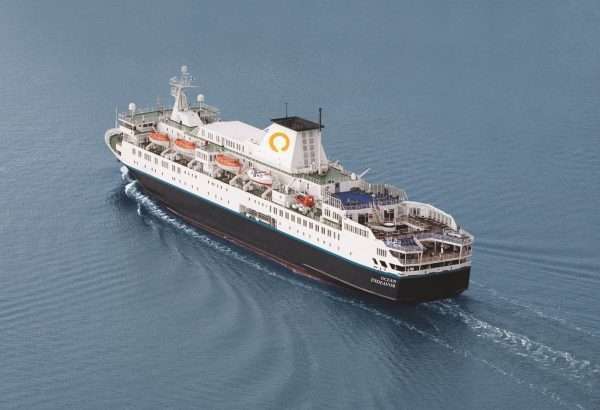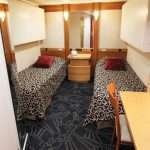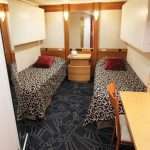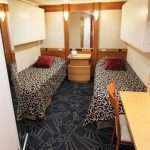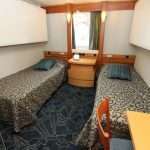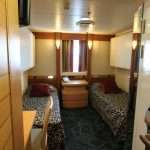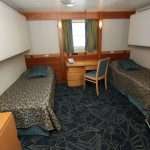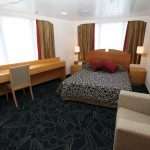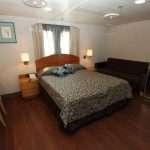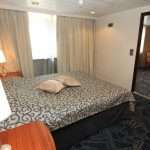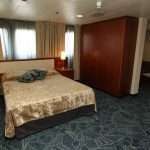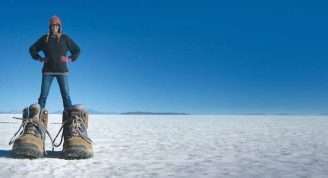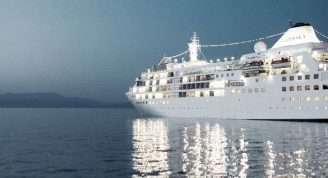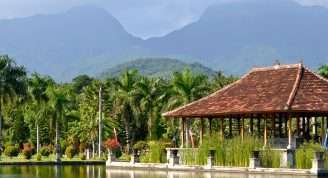Description
The Northwest Passage represents the pinnacle of Arctic exploration. On this trip, like the explorers before us, we’ll experience the quaint villages, dramatic fjords, and calving glaciers of Greenland, working our way north to spectacular Kap York. Then, crossing Smith Sound, we’ll visit Aujuittuq (Grise Fiord), Canada’s northernmost community, and pay respects at the Franklin Expedition graves at Beechey Island. Melville, Banks, and Devon Islands offer opportunities to spot Peary caribou, polar bear, walrus and musk ox—and visits to ghostly RCMP and Hudson’s Bay Company posts. Prince of Wales Strait affords a passage to Amundsen Gulf and our destination: Kugluktuk (Coppermine), the end of our epic journey above the Arctic Circle.
To sail the Northwest Passage is to sail living history and the history of the Inuit who have called this remarkable place home for countless generations. This is your chance to join the ranks of the fearless adventurers who have been lured by its spirit and legend.
Please note: your voyage rates do not include commercial and charter flight costs.


